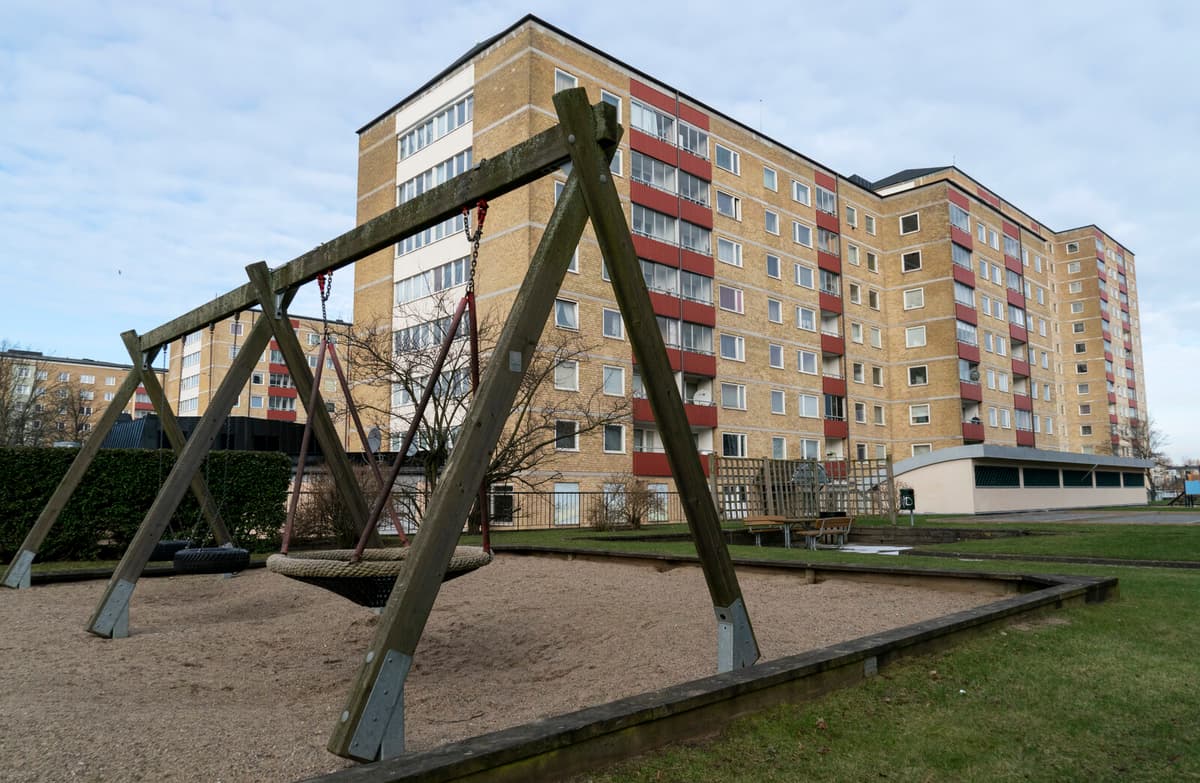Last year, the Enforcement Authority carried out 3,042 evictions in Sweden. This is an increase of 10 percent compared to 2023.
We have had the largest influx to the Enforcement Authority since the 1990s. Many people are struggling with their economy. Then, many people struggle with their rent payments, says Davor Vuleta, private economist and spokesperson for the Enforcement Authority.
At the same time, more and more children are affected. Last year, 711 children were affected by eviction, which is 5.5 percent more than the previous year. By affected children, we mean both children with permanent residence and children with shared residence or visitation rights.
Second-highest figure
The number of affected children is now the highest since the Enforcement Authority began measuring in 2008.
It's both serious and sad that so many children are affected, says Vuleta.
In 2008, the then-ruling alliance government introduced a zero vision against child evictions. After 2008 – when 716 children were affected – the number decreased steadily. But in 2017, the trend was broken, and now the number is at the same level as in 2008.
The zero vision has still yielded results, according to Vuleta, where the authority collaborates with landlords and social services.
But much more needs to be done from the whole society. For every child who is affected by eviction, it's a failure, says Vuleta.
Vuleta wants landlords, social services, and municipalities to become more active. For example, taking the first contact with the tenant already at the first missed payment, as part of preventive work.
In 2025, the hope is that the influx to the Enforcement Authority will decrease. Interest rate cuts and more stable inflation are expected to have an effect.
It's hard to predict the future, when we don't know what will happen tomorrow, but our hope is that we have the worst behind us, says Vuleta.
Have to move often
Sweden's City Missions meet children affected by eviction in their operations, which have temporary accommodations and have to move often.
Their parents tell us that they are very worried about the children not settling down. As soon as they've made some friends, they have to move and change schools, says Jonas Wihlstrand, Secretary-General of Sweden's City Missions.
What's worrying is that it's increasing year after year.
When the collaboration between the Enforcement Authority and other actors works, it's often possible to prevent evictions.
Here, the legislation needs to be tightened a bit, so that we make the right interventions in time. So that the collaboration becomes the same across Sweden, says Wihlstrand.
Hanna Rasmusson/TT
Number of evictions where children are affected, per year
TT
2008: 716
2009: 618
2010: 632
2011: 663
2012: 569
2013: 504
2014: 459
2015: 472
2016: 387
2017: 392
2018: 448
2019: 467
2020: 449
2021: 572
2022: 575
2023: 674
2024: 711
Source: Enforcement Authority





